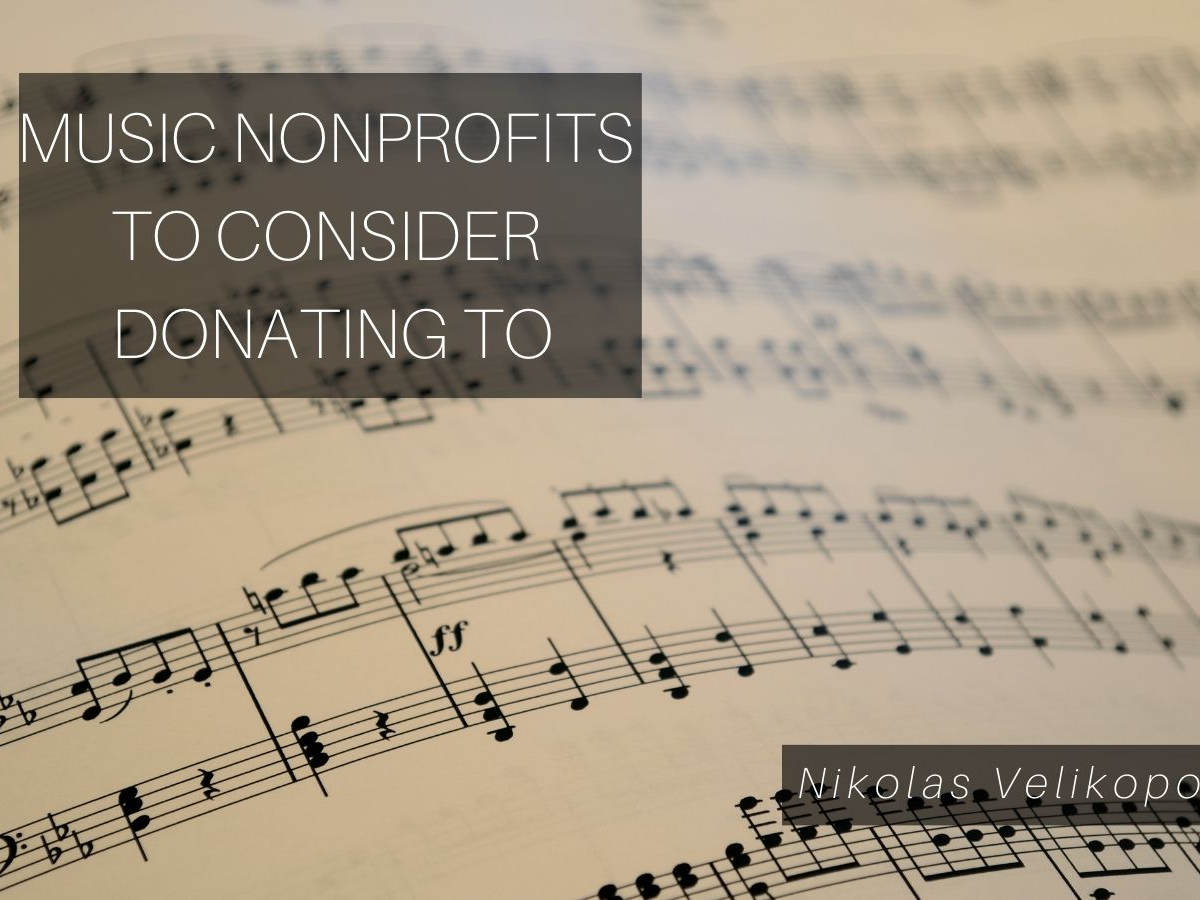
Understanding donor behavior is crucial for nonprofit organizations and fundraisers seeking lasting impacts. Donors’ motivations, preferences, and habits significantly influence the success of fundraising campaigns. It’s not just about receiving financial contributions; it’s about fostering lasting relationships and ensuring a sustained support flow. By delving into the intricacies of donor behavior, organizations can fine-tune their strategies, optimizing efforts to reach and resonate with potential contributors.
Historically, fundraising was a straightforward process. It heavily relied on personal relationships and direct appeals. But as the nonprofit sector grew, the dynamics of donor engagement evolved. With the advent of digital technology and data analytics, organizations began recognizing patterns and trends in donor behavior. This ushered in a new era of targeted campaigns, personalized communication, and feedback-driven strategies. The contemporary approach to understanding donor behavior combines the age-old principles of relationship building with cutting-edge analytical tools, providing profound and actionable insights.
THE ROLE OF DATA ANALYSIS
In today’s digital age, data analytics plays a pivotal role in deciphering donor behavior. Organizations can segment their donor base, identify trends, and tailor their outreach by collecting and analyzing data. For instance, data can reveal the most effective fundraising channels: email campaigns, social media, or traditional mailers. Moreover, analytics can highlight the ideal frequency of communication that resonates most with donors, ensuring neither under-engagement nor overwhelming communication.
Data can also pinpoint seasonal patterns, like end-of-year giving spikes, enabling timely and focused campaigns. Lastly, donor surveys and feedback tools offer qualitative insights, providing a deeper understanding of motivations and potential areas of improvement.
STORYTELLING’S INFLUENCE
Storytelling is a potent tool in the nonprofit world. Donors are more likely to support causes they feel emotionally connected to. Organizations can tap into this emotional reservoir by sharing impactful stories, fostering empathy, and urging action.
Compelling stories often spotlight beneficiaries, elucidating the tangible difference donations make. They humanize abstract statistics, defining challenges and making solutions relatable. Moreover, incorporating visual photos or videos amplifies the narrative’s impact, offering donors a vivid glimpse into the organization’s mission. However, authenticity is paramount. Donors can discern genuine stories from exaggerated ones, and trust, once broken, is hard to regain.
FEEDBACK LOOPS
Feedback loops, both internal and external, are instrumental in understanding and improving donor behavior understanding. Internally, teams should regularly review campaign outcomes, assessing what worked and what didn’t. This iterative process refines strategies over time.
Externally, donor feedback is invaluable. Organizations gain insights from the source by creating channels for donors to share their experiences. Did a particular campaign resonate? Was the donation process seamless? Such feedback can guide improvements and demonstrate to donors that their voice matters, bolstering long-term engagement.
Published at nikolasvelikopoljski.org.








